

Chemistry in Our Lives
Learning Goals
• Define the term chemistry, and identify chemicals.
• Describe the scientific method.
• Identify strategies that are effective for learning. Develop a study plan for learning chemistry.
• Review math concepts used in chemistry: place values, positive and negative numbers, percentages, solving equations, and interpreting graphs.
• Write a number in scientific notation.
Chapter Outline
Chapter Opener: Forensic Scientist
1.1 Chemistry and Chemicals
1.2 Scientific Method: Thinking Like a Scientist
Chemistry Link to Health: Early Chemist: Paracelsus
1.3 Studying and Learning Chemistry
1.4 Key Math Skills for Chemistry
1.5 Writing Numbers in Scientific Notation
Clinical Update: Forensic Evidence Helps Solve the Crime
Key Math Skills
• Identifying Place Values (1.4)
• Using Positive and Negative Numbers in Calculations (1.4)
• Calculating Percentages (1.4)
• Solving Equations (1.4)
• Interpreting Graphs (1.4)
• Writing Numbers in Scientific Notation (1.5)
Answers and Solutions to Text Problems
1.1
a. Chemistry is the study of the composition, structure, properties, and reactions of matter.
b. A chemical is a substance that has the same composition and properties wherever it is found.
1.2 Your friends may give a variety of answers, most of which will probably not agree with the definitions you provided.
1.3 Many chemicals are listed on a bottle of multivitamins such as vitamin A, vitamin B3, vitamin B12, vitamin C, and folic acid.
1.4 Many chemicals are listed on a cereal box, such as vitamin A, vitamin B6, vitamin B12, vitamin C, folic acid, sugar, salt, and iron.
1.5 Typical items found in a drugstore, and some of the chemicals they contain, are as follows:
Antacid tablets: calcium carbonate, cellulose, starch, stearic acid, silicon dioxide
Mouthwash: water, alcohol, thymol, glycerol, sodium benzoate, benzoic acid
Cough suppressant: menthol, beta-carotene, sucrose, glucose
1.6 Typical chemicals found in dishwashing products are: water, sodium lauryl sulfate, sodium laureth sulfate, dimethyl amine oxide, sodium chloride, phenoxyethanol.
1.7 a. observation b. hypothesis c. experiment
d. observation e. observation f. conclusion
1.8 a. observation b. hypothesis c. experiment
d. experiment e. observation f. hypothesis
1.9 c. observation b. hypothesis a. experiment d. experiment
1.10 c. hypothesis b. observation a. experiment d. conclusion
1.11 There are several things you can do that will help you successfully learn chemistry: forming a study group, retesting, working Sample Problems before reading the provided solution, working the Study Check items, answering Engage questions as you study, working Practice Problems and checking Answers, reading the Does Your Answer Make Sense? and Thinking About Your Thinking comments, reading the assignment ahead of class, and keeping a problem notebook.
1.12 Many things make it difficult to learn chemistry, including not going to class regularly, not working Sample Problems and Self Tests, not reading the assignment ahead of class, not going to the instructor’s office hours, and waiting until the night before an exam to study.
1.13 Ways you can enhance your learning of chemistry include
b. forming a study group.
c. asking yourself questions while reading the text.
e. answering the Engage questions.
f. asking yourself whether your answers to problems make sense.
1.14 Ways you can enhance your learning of chemistry include
b. studying different topics at the same time.
c. attending review sessions.
d. working on the problems again after a few days.
e. keeping a problem notebook.
f. applying learning strategies from the Thinking About Your Thinking questions to new problems.
1.15
a. The bolded 8 is in the thousandths place.
b. The bolded 4 is in the ones place.
c. The bolded 9 is in the tenths place. d. The bolded 6 is in the hundreds place.
e. The bolded 9 is in the hundredths place.
1.16
a. The bolded 0 is in the tenths place.
c. The bolded 6 is in the ones place.
e. The bolded 1 is in the hundredths place. 1.17 a.



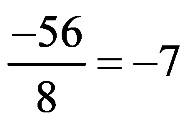

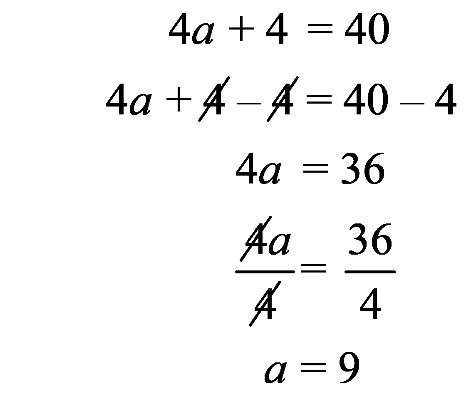
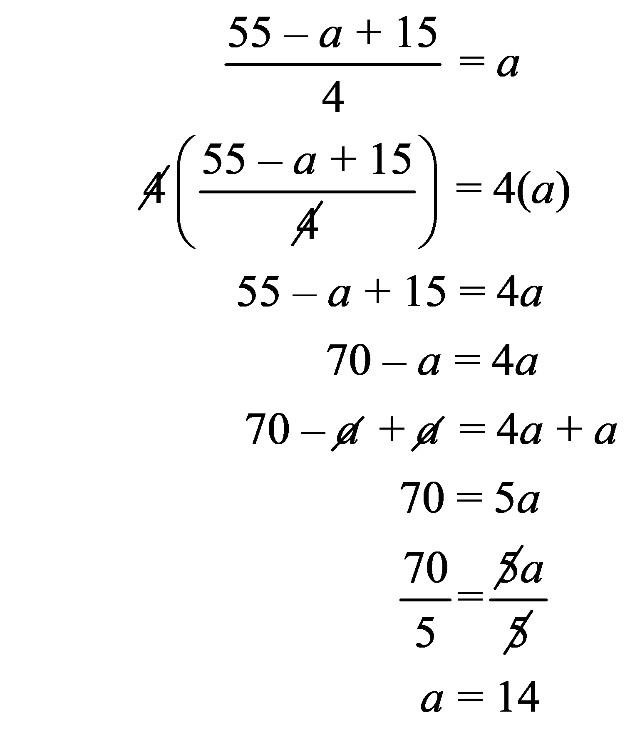
b. The bolded 7 is in the tens place.
d. The bolded 8 is in the tenths place.





1.19. a.
c.
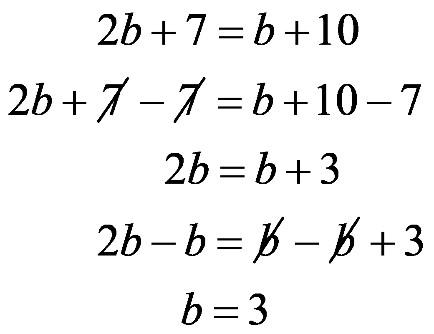
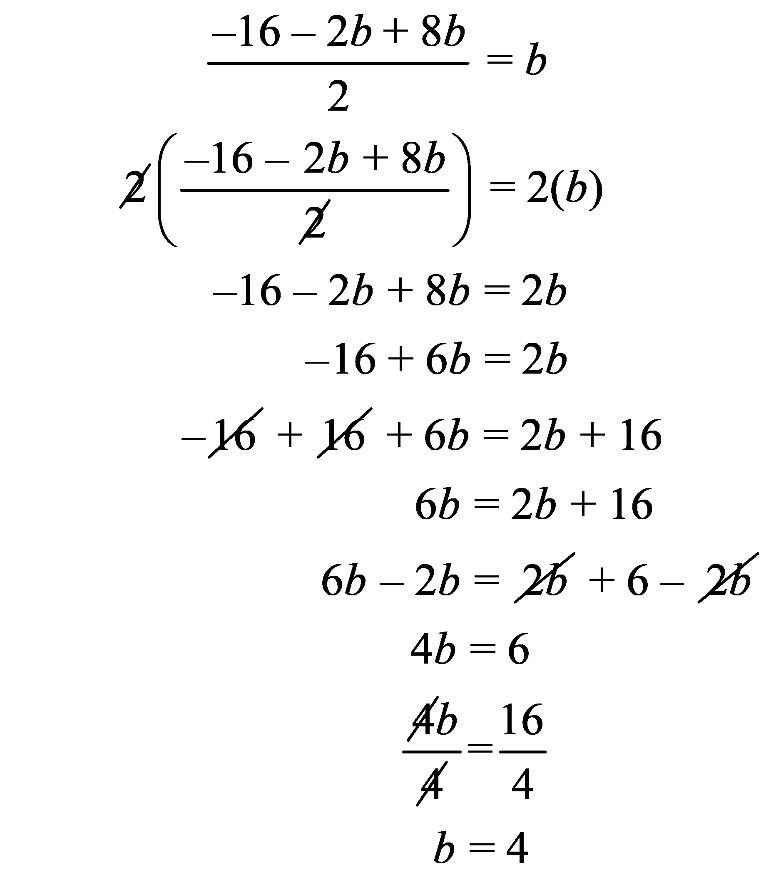
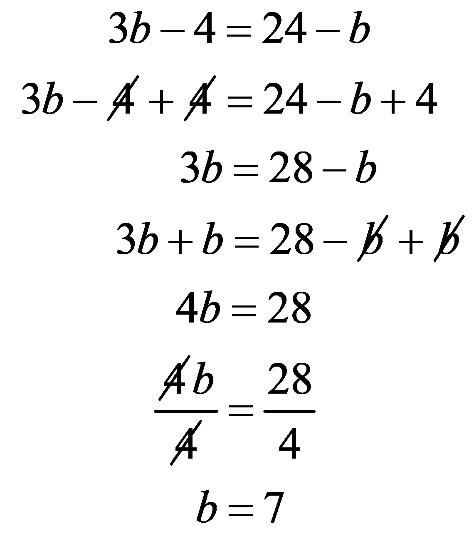
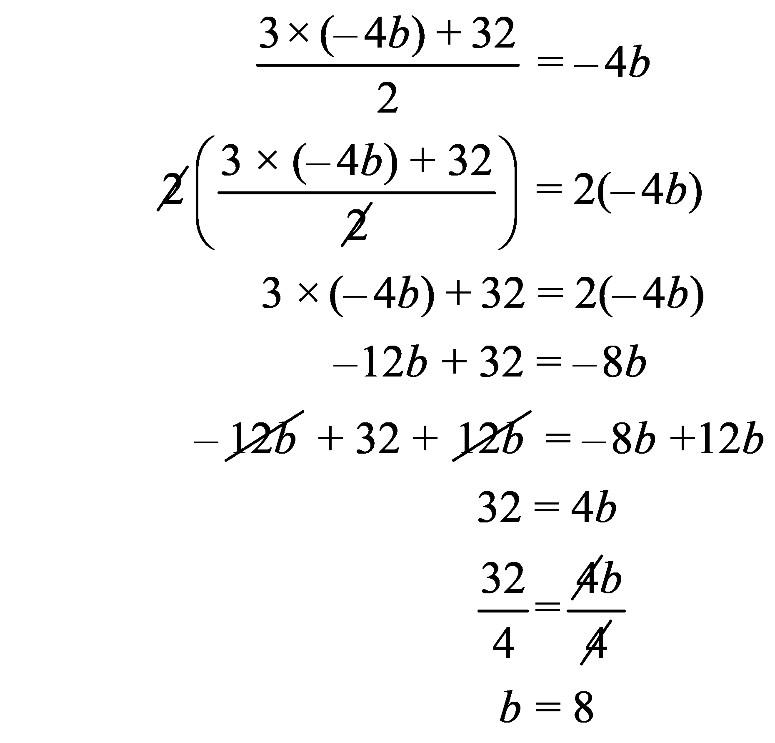
1.21 a. The graph shows the relationship between the temperature of a cup of tea and time.
b. The vertical axis measures temperature in °C.
c. The values on the vertical axis range from 20 °C to 90 °C.
d. As time increases, the temperature decreases.
1.22 a. The horizontal axis measures time in minutes.
b. The values on the horizontal axis range from 0 min to 100 min.
c. After 20 min, the temperature of the tea is about 56 °C.
d. About 38 min were required for the tea to reach a temperature of 45 °C.
c.

1.23 a. b. c. d. 1.24 a. b. c. d.







1.25 a. The graph shows the relationship between body temperature and time since death.
b. The vertical axis measures temperature in °C.
c. The values on the vertical axis range from 20 °C to 44 °C.
d. As time increases, the temperature decreases.
1.26 a. The horizontal axis measures time, in hours, since death.
b. The values on the horizontal axis range from 0 h to 25 h.
c. About 15 hours were needed to reach a body temperature of 28 °C.
d. Since it takes about 5 hours to reach a body temperature of 34 °C, the time of death is estimated to be (9 P.M. – 5 h =) 4 P.M.
1.27 a. Move the decimal point four places to the left to give 6.54 × 104
b. Move the decimal point two places to the left to give 4.8 × 102 .
c. Move the decimal point five places to the right to give 6.7 × 10–5
d. Move the decimal point four places to the right to give 1.4 × 10–4 .
1.28 a. Move the decimal point eight places to the left to give 1.8 × 108 .
b. Move the decimal point five places to the right to give 6 × 10–5
c. Move the decimal point two places to the left to give 7.5 × 102 .
d. Move the decimal point five places to the left to give 4.3 ×105
1.29 a. Move the decimal point three places to the right to give 7.2 ×10–3
b. Move the decimal point five places to the left to give 6.7 × 105 .
c. Move the decimal point one place to the right to give 3.22 × 10–1
d. Move the decimal point one place to the left to give 4.52 × 101 .
1.30 a. Move the decimal point two places to the right to give 2.4 ×10–2
b. Move the decimal point three places to the left to give 1.5 × 103 .
c. Move the decimal point four places to the right to give 6.2 × 10–4
d. Move the decimal point five places to the left to give 3.6 × 105 .
1.31 a. hypothesis b. conclusion c. experiment d. observation 1.32 a. hypothesis b. experiment c. observation d. conclusion 1.33 1.34


1.35 No. All of these ingredients are chemicals.
1.36 No. All of these ingredients are chemicals.
1.37 Yes. Sherlock’s investigation includes making observations (gathering data), formulating a hypothesis, testing the hypothesis, and modifying it until one of the hypotheses is validated.
1.38 Holmes stresses the important first step of the scientific method: making observations and collecting data.
1.39 a. When two negative numbers are added, the answer has a negative sign.
b. When a positive and negative number are multiplied, the answer has a negative sign.
1.40 a. When a negative number is subtracted from a positive number, the answer has a positive sign.
b. When two negative numbers are divided, the answer has a positive sign.
1.41 a. observation b. hypothesis c. observation
1.42 a. observation b. observation c. hypothesis
1.43 If the experimental results do not support your hypothesis, you should b. modify your hypothesis.
c. do more experiments.
1.44 A hypothesis is supported when b. many experiments validate the hypothesis.
1.45 a. observation b. hypothesis c. conclusion
1.46 a. observation b. hypothesis c. experiment
1.47 A successful study plan would include
b. working through the Sample Problems as you go through a chapter.
c. self-testing.
e. reading the assignment before class.
f. asking yourself if your answer is correct.
1.48 A successful study plan would include
c. working problems in a notebook for easy reference.
d. forming a study group and discussing the problems together.
e. reviewing Key Math Skills and Core Chemistry Skills.
f. thinking about your thinking when you solve a problem.

1.49 a. b. c.
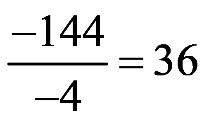
1.50 a. b. c.

1.51 total a.


1.52


1.53 a. Move the decimal point five places to the left to give 1.44 × 105 .
b. Move the decimal point seven places to the right to give 3.4 × 10–7
c. Move the decimal point two places to the right to give 6.6 × 10–2 .
d. Move the decimal point three places to the left to give 4.3 × 103
1.54 a. Move the decimal point three places to the right to give 4.2 × 10–3 .
b. Move the decimal point two places to the left to give 3.1 × 102
c. Move the decimal point eight places to the left to give 8.9 × 108 .
d. Move the decimal point eight places to the right to give 5.6 × 10–8
1.55 a. Move the decimal point five places to the right to give 2.6 × 10–5
b. Move the decimal point two places to the left to give 6.5 × 102 .
c. Move the decimal point one place to the right to give 3.7 × 10–1
d. Move the decimal point five places to the left to give 5.3 × 105 .
1.56 a. Move the decimal point two places to the right to give 7.2 × 10–2
b. Move the decimal point three places to the left to give 1.44 × 103 .
c. Move the decimal point four places to the right to give 4.8 × 10–4
d. Move the decimal point six places to the left to give 9.1 × 106 .
1.57 a. observation b. hypothesis c. conclusion
1.58 a. observation b. experiment c. conclusion
1.59 a. observation b. hypothesis c. experiment d. conclusion
1.60 a. observation b. hypothesis c. observation d. observation

1.61 a. b.
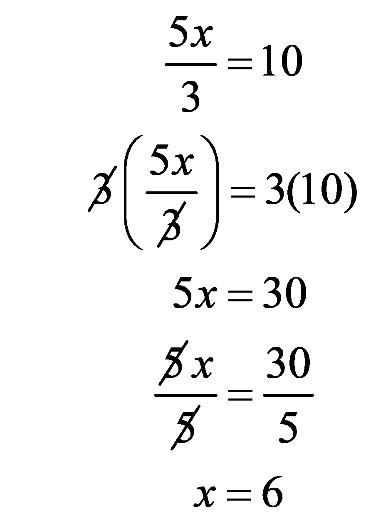


1.63 a. The graph shows the relationship between the solubility of carbon dioxide in water and temperature.
b. The vertical axis measures the solubility of carbon dioxide in water (g CO2/100 g water).
c. The values on the vertical axis range from 0 to 0.35 g CO2/100 g water.
d. As temperature increases, the solubility of carbon dioxide in water decreases.
1.64 a. The horizontal axis measures temperature in °C.
b. The values on the horizontal axis range from 0 °C to 60 °C.
c. At 25 °C, the solubility of carbon dioxide in water is about 0.17 g CO2/100 g water.
d. Carbon dioxide has a solubility of 0.20 g CO2/100 g water at a temperature of about 16 °C.
